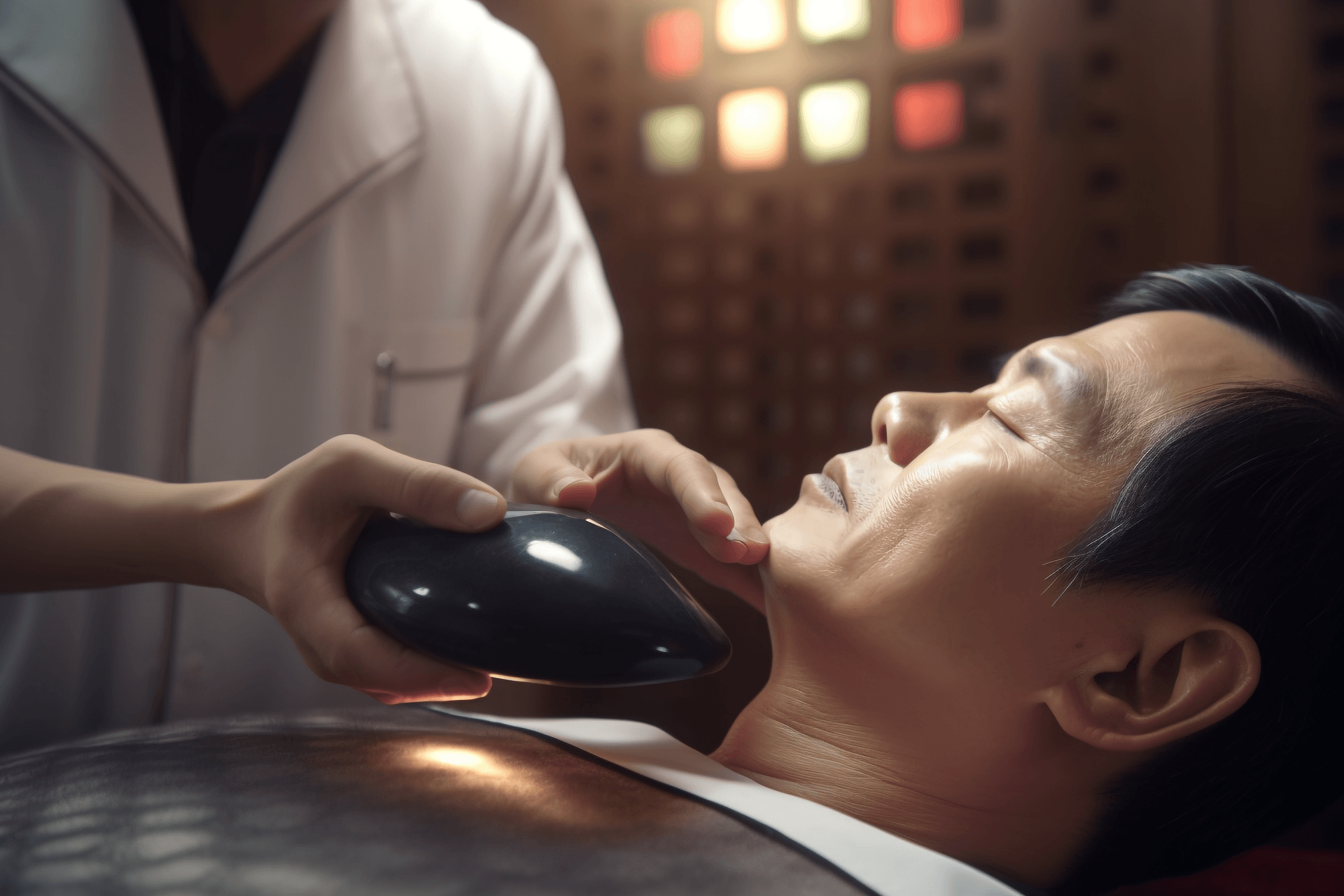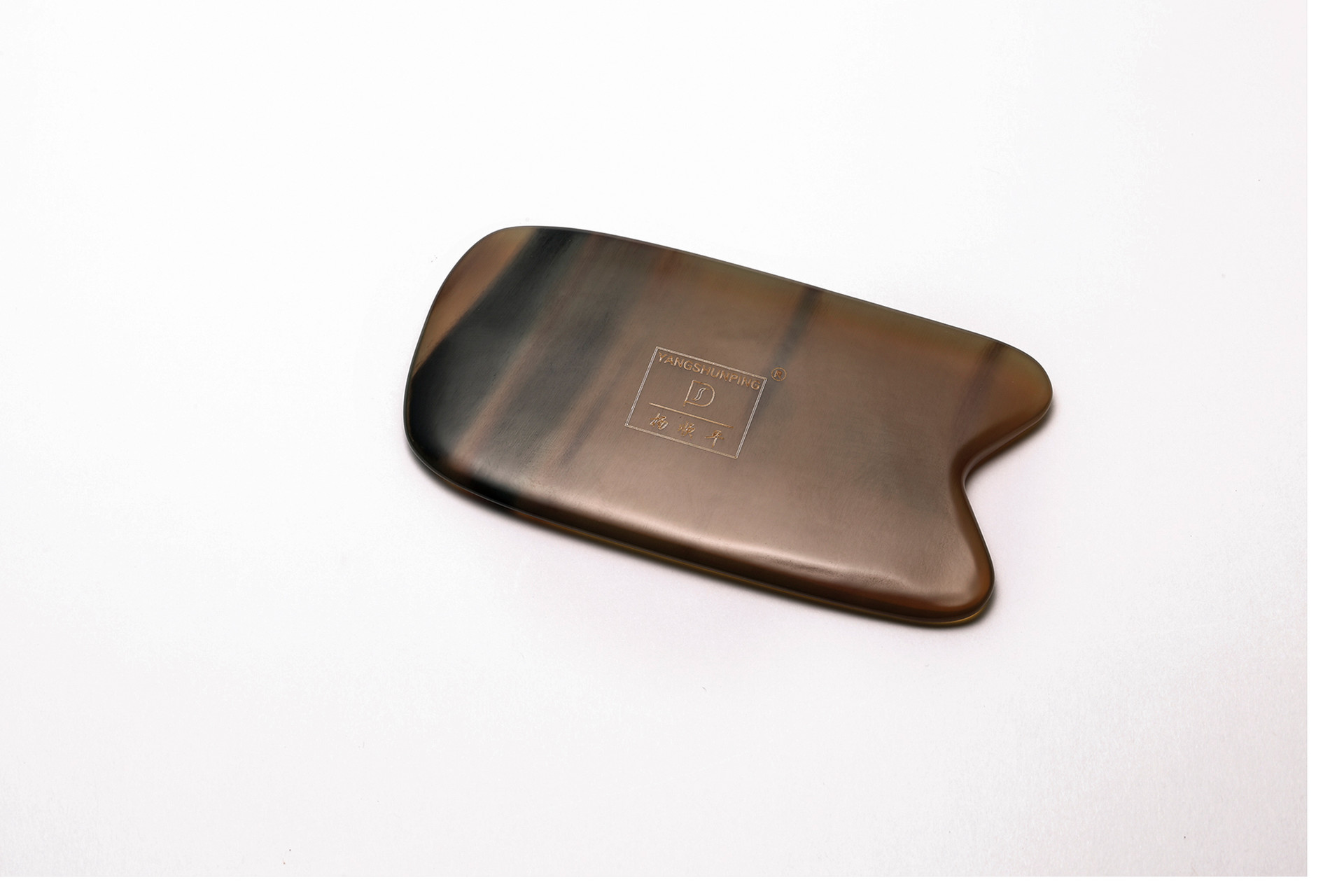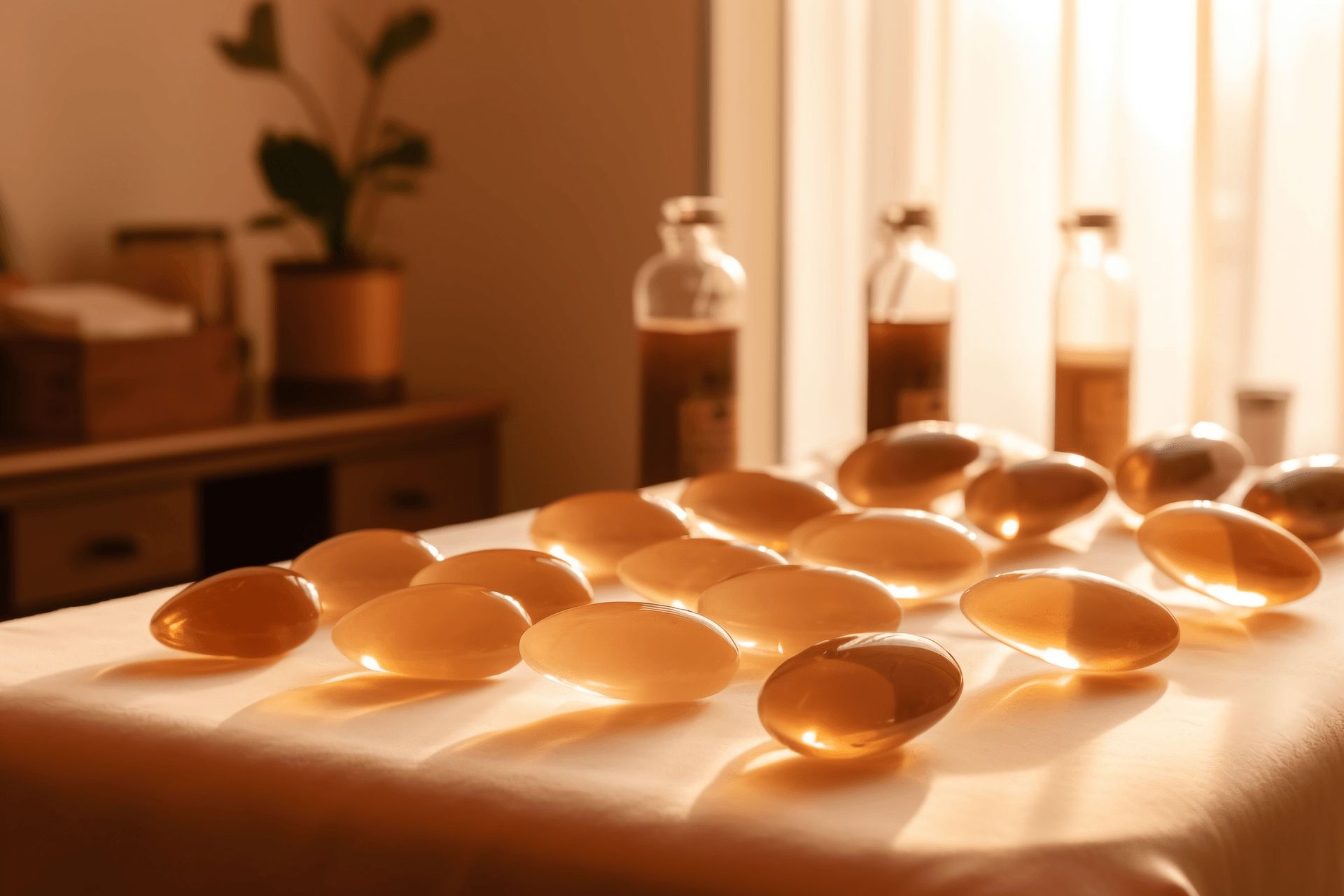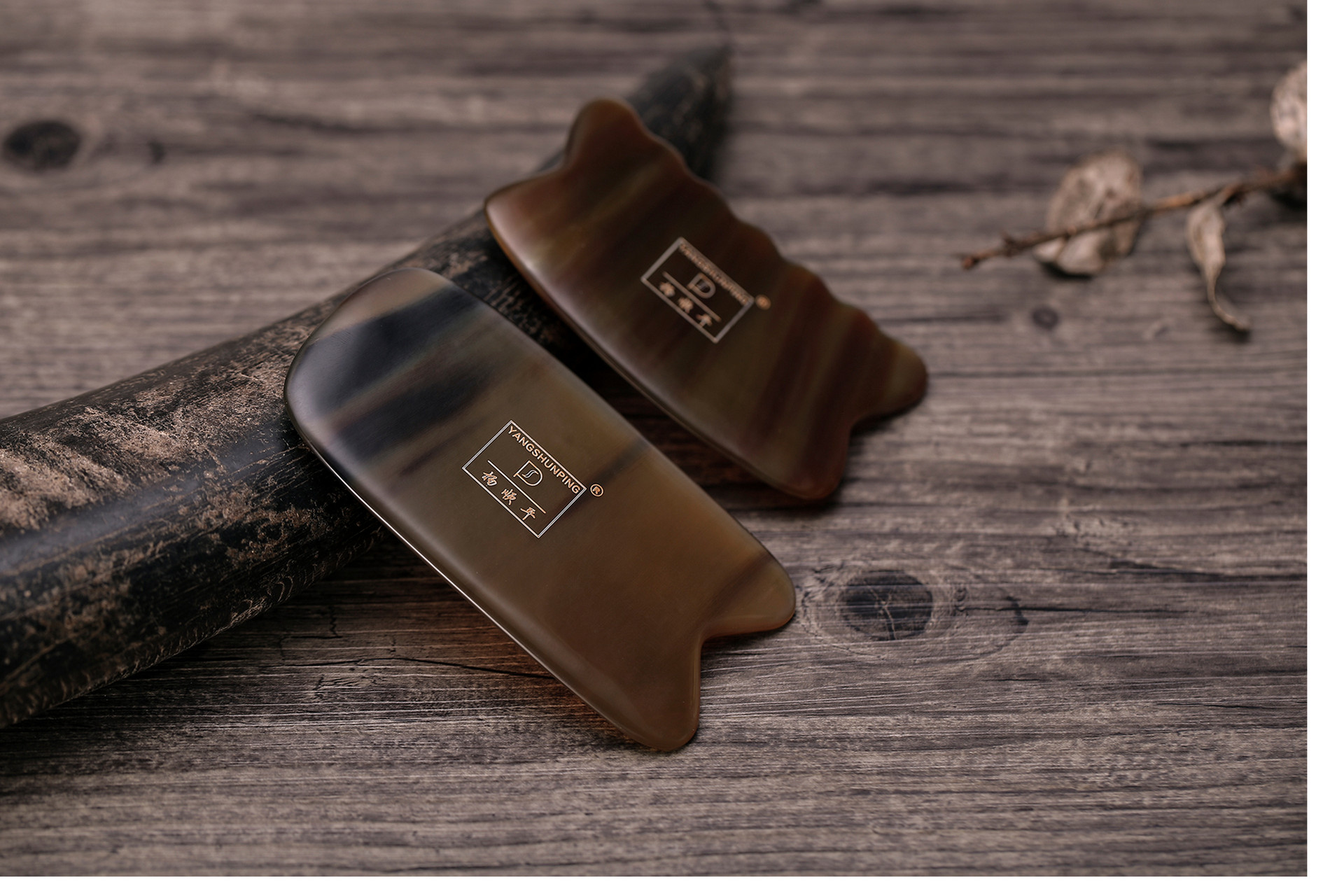Scraping is a health and wellness practice that many people engage in during their free time. This traditional method of health preservation has numerous benefits for the body. Today, let's take a look at the benefits and precautions of scraping, and I hope everyone pays attention to these things to avoid diminishing the effects.
The Benefits of Scraping
Scraping is a great way to maintain health and wellness. Many people are not aware of the benefits of scraping. So what are the effects of this method?
Modern medicine has confirmed that scraping has analgesic effects and can be used to treat pain-related diseases such as headaches, rheumatism, and stomachaches. It can enhance local and systemic blood and lymphatic circulation, promote overall metabolism, and also has the functions of strengthening the heart, promoting sweating, boosting the immune system, and beautifying the skin to prevent aging. Although scraping therapy has the effect of preventing and treating diseases, when suffering from serious illnesses, it is still necessary to go to the hospital for comprehensive examination and treatment.
Those who perform scraping should be familiar with the distribution of meridians in the human body and follow the distribution of these meridians when scraping. Before scraping, both the scraping tools and the hands of the scraper should be disinfected using 75% alcohol. In addition, when scraping the face and feet, the use of talcum powder or other essential oils can protect the skin from damage.
During scraping, the operator should hold the scraping board and scrape the skin, keeping the scraping board and the skin at a 45-degree angle and using the wrist's strength flexibly to scrape. Remember not to exert excessive force, and the strength of scraping should be limited to the recipient's tolerance.
The usual order of scraping is generally the head, neck, back, chest, abdomen, upper limbs, and lower limbs, from top to bottom, from inside to outside, in a single direction without back-and-forth scraping. After scraping one area (meridian), move on to another area (meridian). The speed of scraping should be natural and steady until local sha (petechiae) or slightly purplish-red patches appear. It is not advisable to forcefully pursue the amount of sha, avoiding subcutaneous bleeding caused by mechanical action.
The use of scraping boards also requires attention. When treating certain diseases, the thin side of the scraping board should be used to scrape the skin. If it is for health preservation rather than medical treatment, the thick side of the scraping board should be used. When scraping, the angle between the scraping board and the skin should be 45 degrees. When scraping the fingers and toes, the convex curved surface should be used for scraping.
Scraping is commonly used in beauty salons for facial scraping, eye scraping, head scraping, back scraping, and foot scraping, etc. However, some beauty salons may not perform scraping correctly. I have seen cases where the marks on the back after scraping were horizontal, which I know is definitely incorrect because it does not follow the direction of the meridians. It looks scary and can have side effects on the body. Scraping is a complementary method that should be done according to the natural direction of the meridians, helping to clear blockages and promote smooth meridian flow, which can alleviate pain.
There are many tools that can be used for scraping, such as professional scraping boards, the back of a comb, porcelain spoons, the edge of a porcelain bowl, wooden spoons, etc. Scraping should have been invented by the working people. Look at these simple and easily accessible tools, it's like you can use any object at hand. When scraping, it is important to pay attention to the lubrication of the skin, especially when scraping the face, otherwise, the skin is prone to being scraped and injured. There are also many lubricants that can be used, such as olive oil, moisturizers, baby oil, and if necessary, even salad oil is okay.
Scraping of Limbs, Back, and Abdomen
The direction is generally from top to bottom. It is especially important for hypertensive patients not to scrape from bottom to top, as it can cause an increase in blood pressure. Some rare conditions may require scraping in the opposite direction, but in daily operations, scraping is mostly done from top to bottom.
When scraping by oneself, the face, neck, and back are the areas most commonly scraped. I will mainly discuss these points. First, let's talk about the precautions for scraping. Generally, scraping should not be done immediately after a meal, and it is not recommended to do it after 10 p.m. The body is entering a time of rest and recovery, and scraping stimulates blood circulation, which contradicts the body's needs.
When scraping, pay attention to prevent wind to avoid catching a cold. Back scraping and other areas may require assistance from others. Before and after scraping, attention should be paid to replenishing qi and blood. Drink more brown sugar water, red date soup, and grain porridge to replenish qi and blood. Scraping consumes qi and blood. The body relies on qi and blood to expel toxins, so it is important to remember that the more sha you scrape, the more toxins are expelled. Scraping is just a catalyst, providing an opportunity for them to be eliminated. In healthy individuals, even with strong scraping, not much sha will be expelled. However, for those with issues in specific areas, especially those that are sore, a light scrape will cause sha to come out eagerly.
Facial Scraping
Facial scraping is done to increase blood circulation in the face and has significant effects in preventing and treating acne. You can do it yourself in front of a mirror. Start scraping from the middle of the face and move towards the sides. Remember to apply lubricating oil while scraping and not exert too much force to avoid leaving marks on your face.
Back and Neck Scraping
These areas are usually scraped together because discomfort in the neck and waist is often related due to the prolonged sitting posture in front of a computer. If your qi and blood allow you to scrape a large area at once, you can do it together. Otherwise, you may experience symptoms such as palpitations and shortness of breath. When scraping, the scraping board should also be at a 60-90 degree angle to the body, scraping from top to bottom. During scraping, you may find certain areas particularly sore or painful, and you may encounter something similar to a bubble. These indicate unhealthy conditions in those areas, with blockages obstructing the meridians!
If scraping is combined with cupping, the effect is even better. First, scrape and see where there is more sha and darker color, then use a plum blossom needle to prick and bleed, and finally cupping. You will find a rush of garbage coming out. One advantage of bloodletting and cupping after scraping is that severely affected areas recover faster, garbage is eliminated more quickly, and the time of discomfort is shorter. The duration of sha depends on individual constitution, ranging from half a day to several days or even half a month.
Whenever I feel like there is a muscle tension in my neck, I ask my family to scrape it for me. At the beginning, even a slight amount of force is very painful, and I scream, but towards the end, it becomes less painful and feels very comfortable. After about five or six minutes of scraping, my neck feels much more relaxed. After scraping, I see which areas have a darker color, prick them, and then cupping for half an hour to an hour. There will surely be a lot of garbage, and afterwards, I can move my neck, feeling flexible and light. Of course, if you are afraid of bloodletting and cupping, you can just do scraping alone, but the duration of sha removal may be slightly longer.
If you have breast diseases such as fibrocystic breast, you can do scraping in the middle of the back (symmetrical to the breast position). After scraping, you will find that the discomfort and pain in the breasts a week before menstruation are greatly relieved. This method also has an effect on treating breast diseases. Once again, it is amazing how the body is a complex entity, with interconnected and complementary points.
Scraping for Weight Loss
Nowadays, many people use scraping for weight loss. By accelerating the body's metabolism and eliminating toxins, scraping naturally leads to weight loss. However, the purpose of scraping is not primarily for weight loss. If you only consider scraping as a weight loss method, it is not advisable.








